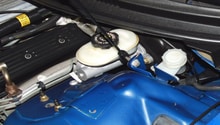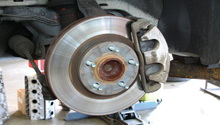Chevrolet Camaro 2010-2015: Brake Diagnostic Guide
Nothing is as important as a working brake system in the Chevrolet Camaro. This guide will assist you in diagnosing brake issues.
This article applies to the Chevrolet Camaro (2010-2015).
There is no debate that the brake system is the most important system in the Chevrolet Camaro when it comes to safety, at least. There are a few things that can go wrong, which can alter the brake system and affect its performance and feel. If your brake lights goes on, your brake pedal feels different, you hear noises when braking, or if your Camaro isn't stopping as well as it usually does, use this guide to help pinpoint the issue. Read on to diagnose your Camaro's brakes.

Materials Needed
- Flashlight
- Jack and jack stands
- Socket
Step 1 – Check master cylinder
You could have a leak.
The brake system is a pressurized system; any leak can allow air to alter it, which means it loses performance. The first sign of a brake leak, besides stains, is a spongy brake pedal. The first and easiest way to check for a brake leak is to check your master cylinder. If the master cylinder is low on fluid, you most likely have a brake leak. To discover the brake leak, use your flashlight to inspect the master cylinder, the brake lines, and the brake line connections. If you see any signs of wetness, then you've found your leak. Be sure to replace any worn lines, then bleed the system when you're done.
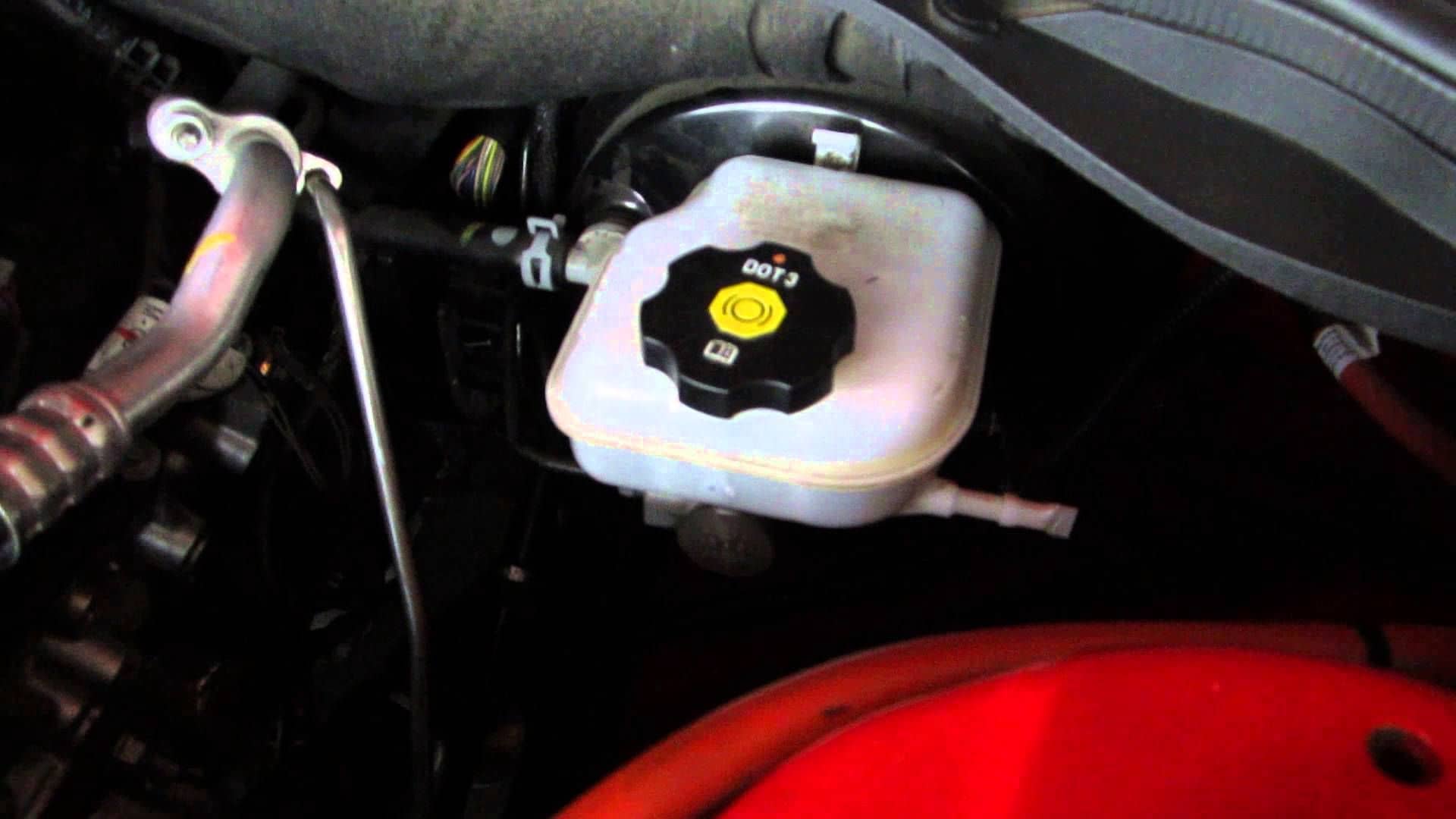
If you don't have a leak, proceed to Step 2.
Step 2 – Check brake pads
They could be worn.
The brake pads are not designed to live forever, and the more you wait to replace them after they wear, the more damage they cause. Loosen the lug nuts on the wheel you will be checking the pads behind, then raise your car and secure it with jack stands. Remove the wheel, then use your socket to remove the two bolts on the back of the brake caliper. Lift the brake caliper up, then visually inspect the brake pads. If they are too thin, replace them. The minimum thickness you can legally have is one millimeter. Worn brake pads will be accompanied with brake squealing.
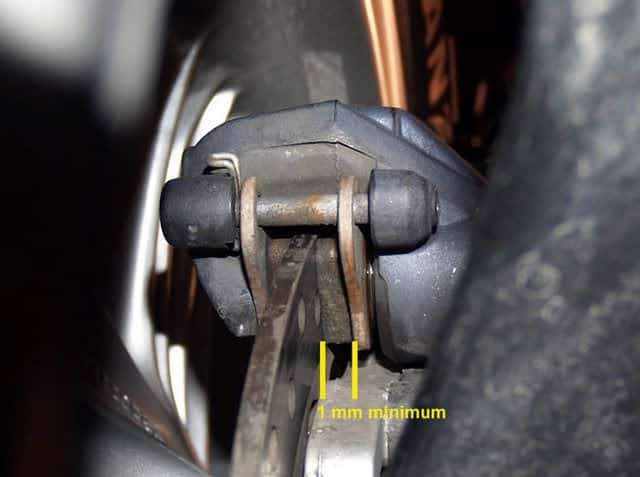
If the pads are thick enough, proceed to Step 3.
Step 3 – Check brake caliper
Its piston could be stuck.
The brake caliper has two pistons that compress when you step on the brake pedal to make your brake pads clamp on the rotor, which causes your car to stop. Sometimes, not often, one of your brake calipers could become faulty, and one of the pistons could get stuck. This can cause the brake pads to rub on the rotors even without you stepping on the brake pedal. If you hear constant squealing, smell a burning smell, or you feel your car is being constricted, you may want to check the caliper. If the brake caliper is faulty, replace it, then bleed your brake system.
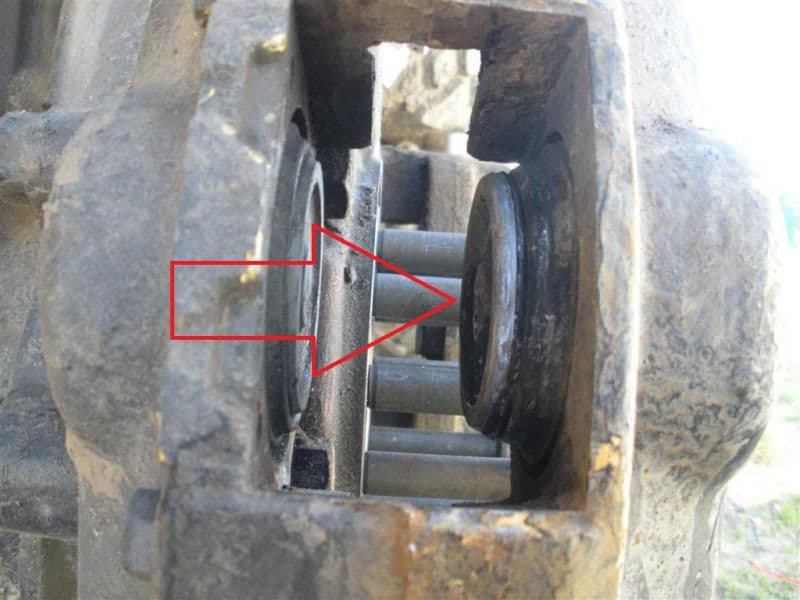
Related Discussions
- Brake Failure - Ls1tech.com
- Camaro Brake Parts - Ls1tech.com

